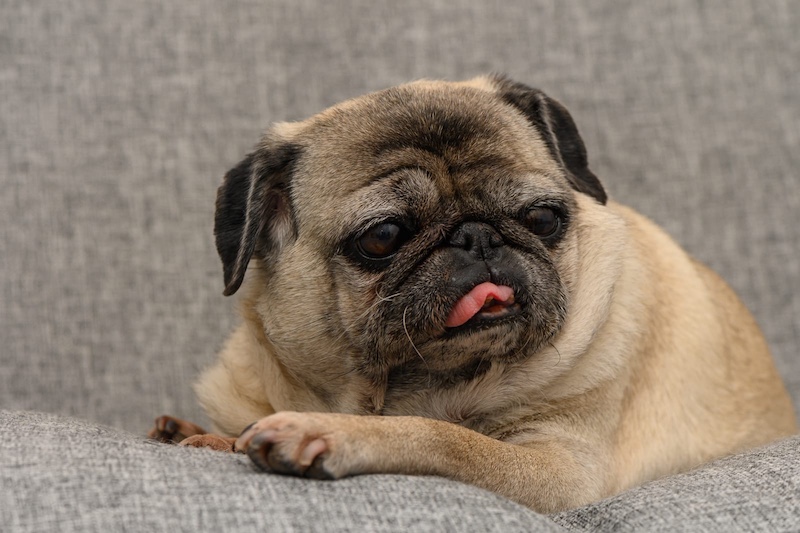With their smushed faces, curled tails, and playful personalities, pugs are one of the most beloved dog breeds in the world. But beyond their charming appearance, there’s a surprising amount of history and intrigue packed into these little dogs. Here are 10 interesting facts about pugs that go far beyond the basics.
Pugs Used to Look Very Different
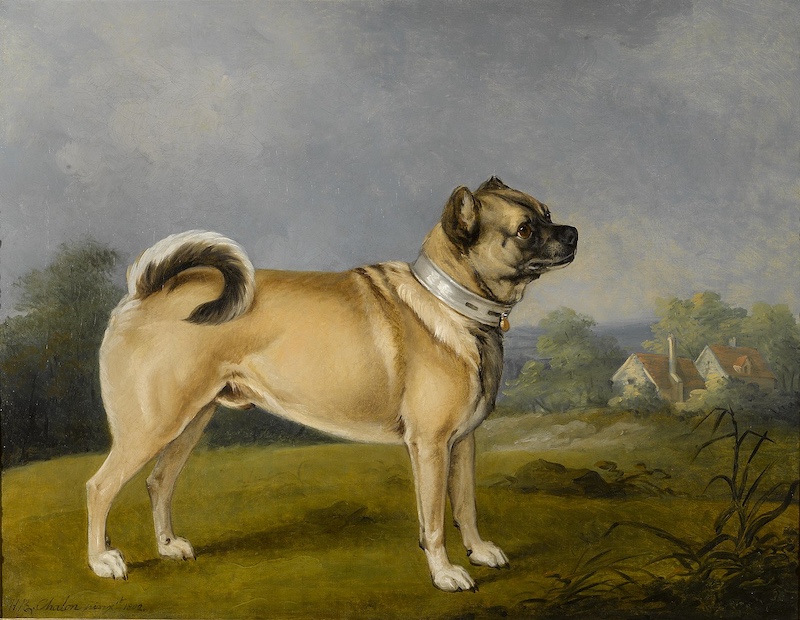
Early representations of pugs, especially in paintings from the 16th and 17th centuries, show dogs that look noticeably different from the modern pug. They had longer legs, leaner bodies, and longer muzzles. Over centuries of selective breeding—particularly in the 19th century—pugs were developed to have flatter faces, shorter legs, and more compact bodies.
They Were Companions to Ancient Chinese Emperors
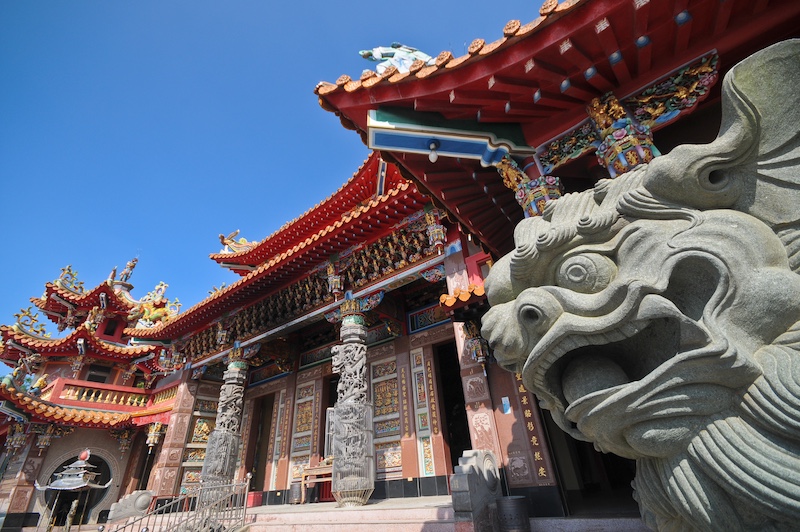
Pugs were originally bred in China as lapdogs for royalty. These dogs were considered so valuable that they often had their own guards and luxurious accommodations in the imperial palace. They were prized for their calm demeanor and wrinkled features, which were thought to symbolize good fortune.
Their Wrinkles Had Symbolic Meaning
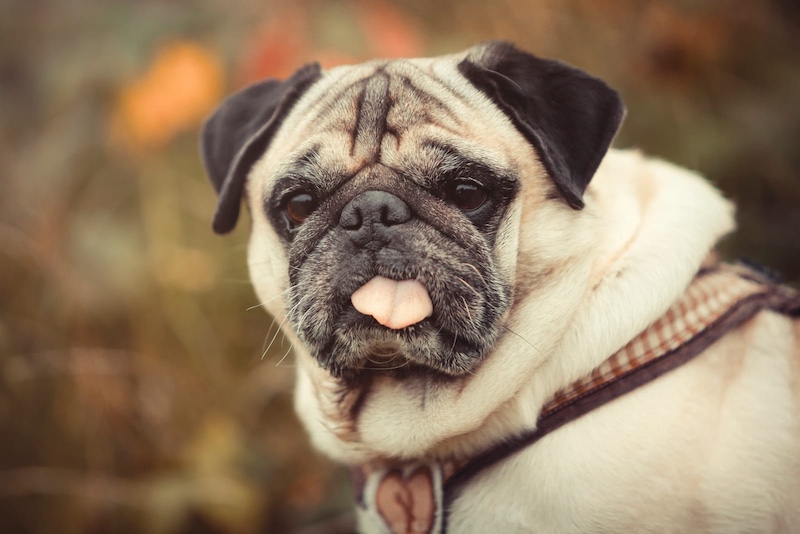
The deep wrinkles on a pug’s face weren’t just seen as cute—they were considered to hold meaning. Breeders in ancient China tried to produce wrinkles that resembled specific Chinese characters. The most highly desired wrinkle pattern resembled the character for “prince.”
They Were Once Smuggled Out of China
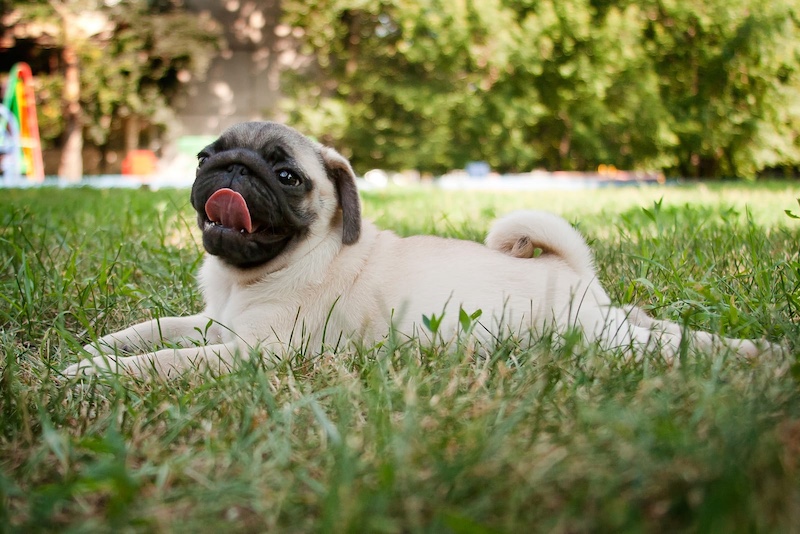
When trade opened between China and Europe in the 1500s, pugs made their way to Europe—often as treasured gifts or by being smuggled out of the imperial court. Portuguese traders and Dutch sailors were among the first to introduce the breed to the West, where they quickly became popular among European nobility.
A Pug Saved a Prince’s Life
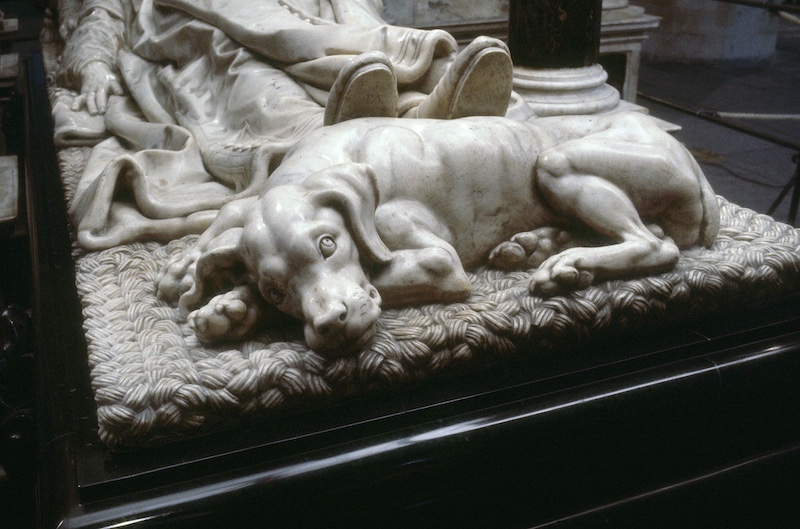
According to legend, a pug named Pompey saved the life of William the Silent, the Prince of Orange, in the 1570s. The dog barked to warn him of approaching assassins, earning the breed a place in Dutch history. In fact, pugs became the official dog of the House of Orange. It’s important to note, however, that while some believe that Popmey was a pug, others believe that he was a Kooikerhondje.
They’ve Had Many Names

Pugs haven’t always been called pugs. In 18th-century England, they were sometimes referred to as “Dutch Mastiffs,” despite their small size. The word “pug” is thought to come from a slang term for a monkey or imp, which may have been inspired by their expressive, human-like faces.
Their Tails Are a Breed Standard
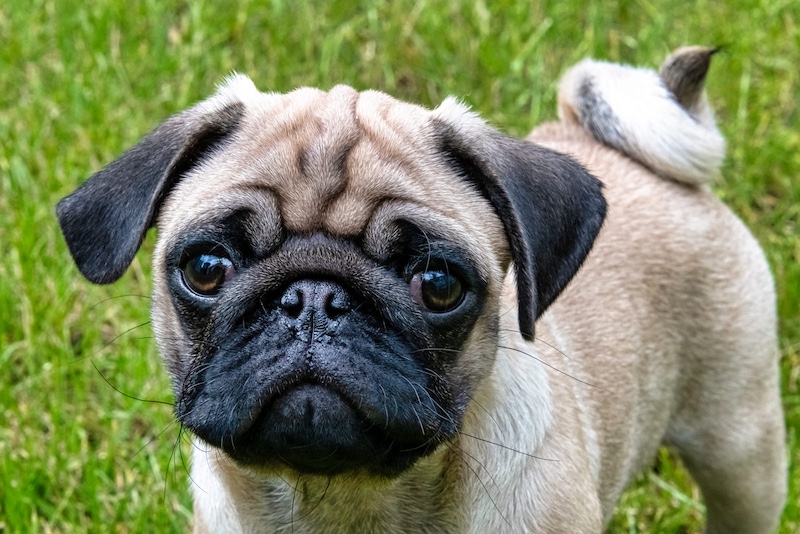
A pug’s curly tail isn’t just adorable—it’s an important part of the breed standard. Ideally, the tail should curl tightly over the hip, with a double curl being especially desirable in the show ring. This distinctive tail shape is a result of a genetic spinal anomaly specific to the breed.
Pugs Are Sometimes Born with Extra Toes
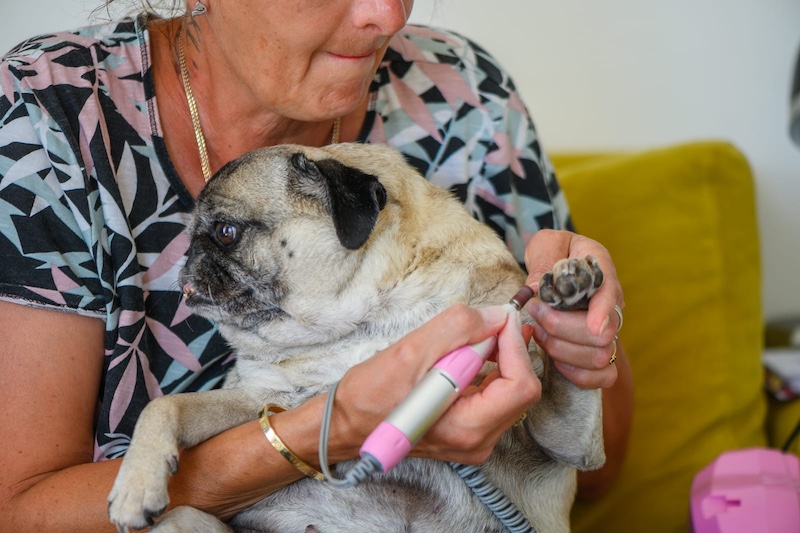
Though rare, some pugs are born with polydactyly—a condition where they have extra toes. While not standard for the breed, this trait occasionally pops up due to genetic quirks. In most cases, it doesn’t affect the dog’s health, but breeders typically avoid passing on the trait.
Queen Victoria Was a Devoted Fan
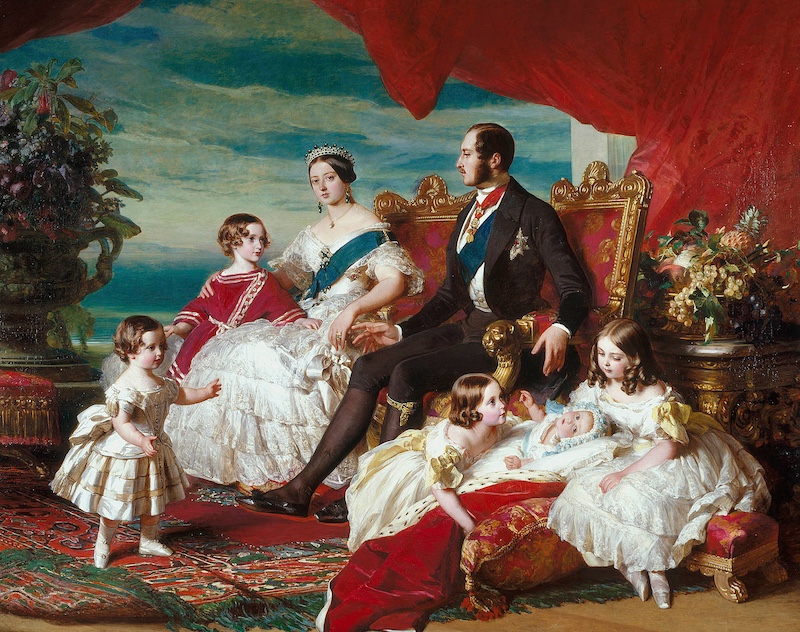
Queen Victoria was so fond of pugs that she bred them herself and helped popularize the breed throughout the British Empire. Her favorites were fawn-colored pugs named Olga, Pedro, and Venus. Her passion for the breed even influenced breeding practices in England for years to come.
They Were Involved in a Secret Society
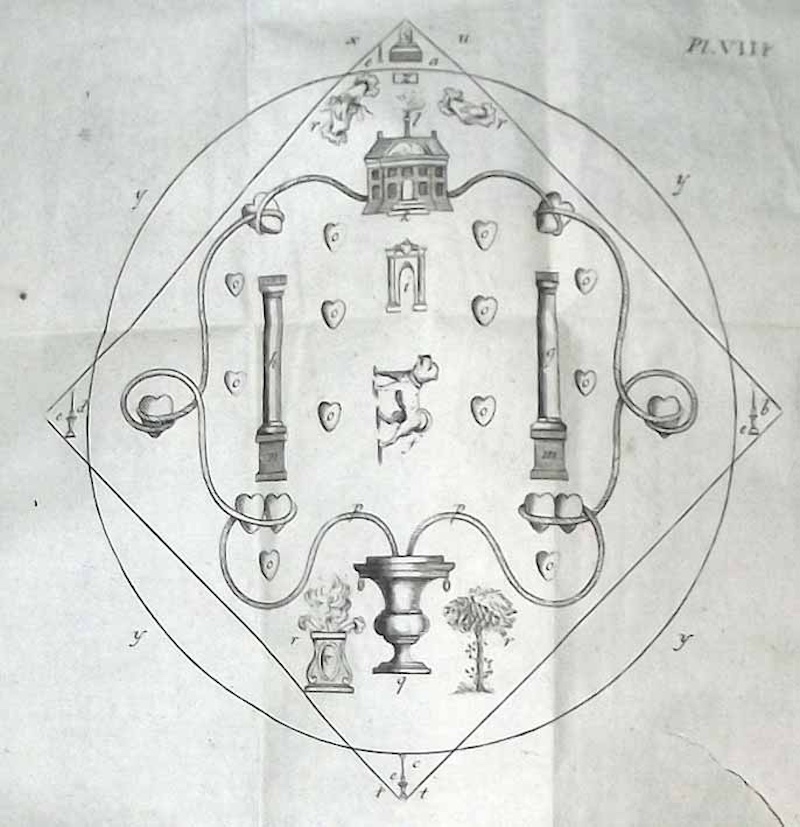
In the 18th century, a secret society known as the Order of the Pug was formed by Roman Catholics in Germany who had been banned from joining Freemasonry. Members of the group used the pug as their symbol, believing the dog represented loyalty and trustworthiness. Initiation rituals even included kissing a porcelain pug.
- Please Note: This content was created with the assistance of AI and thoroughly edited by a human before publishing.

